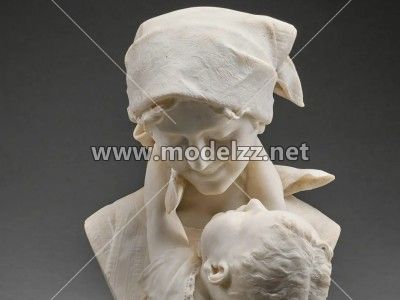Marble is a soft stone, easily cut and engraved by sculptors and craftsmen. Compared to other stones such as granite and siliceous, the marble gives the desired shape and is convenient for producing complex details. Marble slabs and blocks can be used for both interior and exterior and sculpture. Classic and timeless, marble has the unique cachet and elegance that no other building material has. Used in all periods and across many genres of design, marble can be a wonderful addition to most any home.

The marble statues of today use traditional fixtures such as hammers, mallet and chisel. The hammer exposes the rough shape of the statue, the chisel and the mallet improve its shape, and the abrasive stone and sand paper smooths out the contours. Finally, using tin oxide to create a high gloss polish associated with fine marble statues. As the marble gets older, it is not as much a bronze equivalent, but becomes more durable.

Marble will develop a patina over time due to use and chemical reactions. Oils, acids and many minerals in particular react with the calcium carbonate inherent in the stone to cause this patina. Hardness and weight are primary reason marble has been used across many civilization.They are easy to quarry, shape, and polish compared to other popular stone type of ancient.
Typical marbles occupy about half of the same size granite and are very soft. The very old and popular sandstone is lighter and softer than marble, but it is less durable and very easy to wear and tear when exposed to elements. Marble was just about right density to handle, curve, and shiny when polished, and it was easier to leaf or paint on marble, so it was useful for religious sculptures.

